
‘James Turrell’ installed at Pace Gallery, 6 Burlington Gardens, London. From left: Sagittarius (2019); Cassiopeia (2019); Pegasus (2019). Photograph by Damian Griffiths
James Turrell’s practice has long centred around the manipulation of light and space. His works are designed to provide atmospheres for contemplative thought. These might be rooms filled with colourful light, an aperture in the ceiling open to the sky, or focused points of perception such as his Constellation works that were on display at Pace Gallery’s Burlington Arcade space before its forced closure and which are now viewable digitally.
Follow LUX on Instagram: luxthemagazine
To say Turrell’s work has less impact viewed through a computer screen would be a huge understatement. The power of the seemingly floating orbs of light that feature in this latest exhibition lies in their scale, in the opportunity that they provide to sit amidst crowds of people and loose yourself within expanding colour.
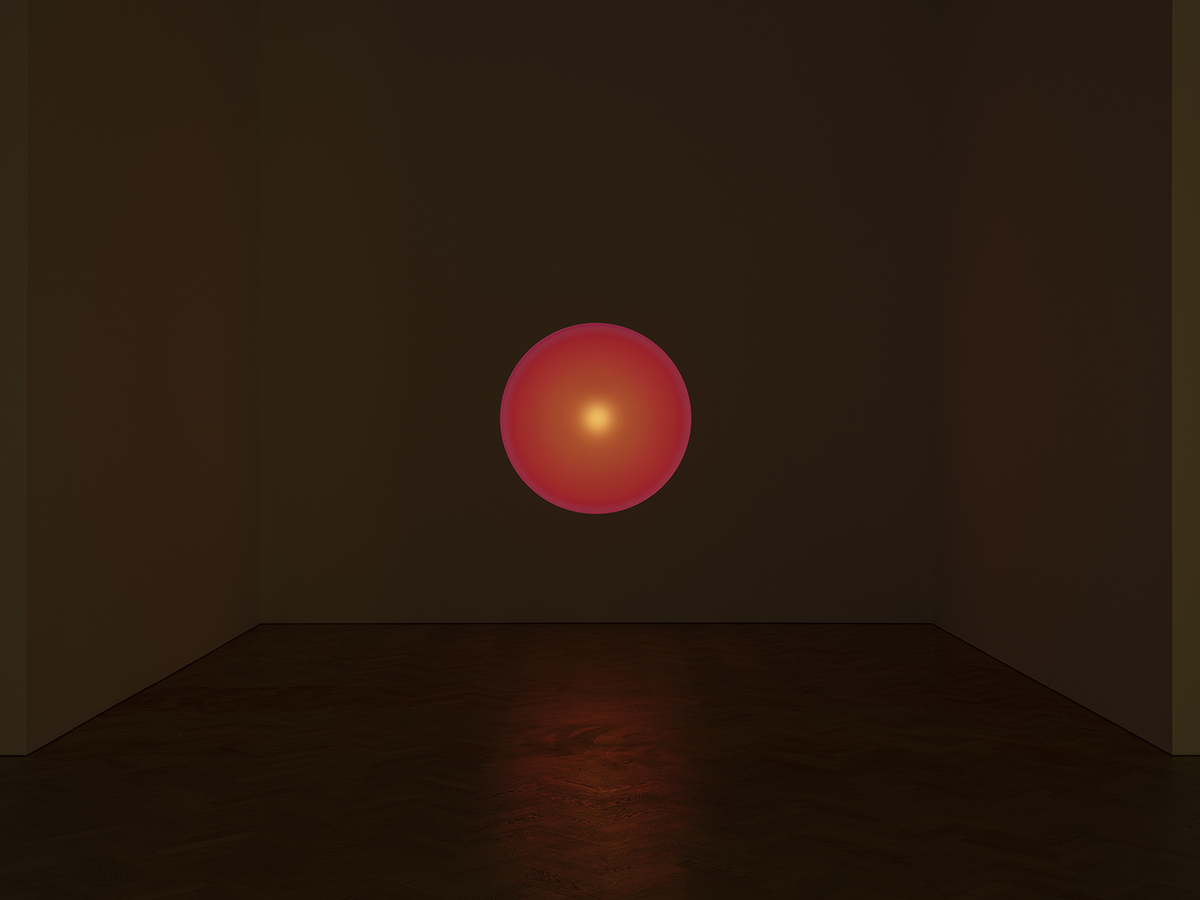
Cassiopeia (2019), James Turrell at Pace Gallery, London. Photograph by Damian Griffiths
The real-life works are created to prompt a transcendental kind of experience in which the viewer is no longer distanced from the light but within it. It’s an effect that Turrell has mastered over the years through a continued exploration of technological possibilities in relation to the sensorial realm; in these latest works, the shapes are created on a frosted glass surface animated by an array of LED lights, which are mounted to a wall and generated by computer programming. The lights subtly change colour, morphing into one another so as to be barely perceptible to the viewer (notably, this is an effect which is completely removed from the digital stills of the artworks).
Read more: Why we love Hublot’s limited edition spring timepieces
That said, there is still value to viewing the work from a digital distance, but it requires more discipline. Our online gaze is programmed to be restless and easily distracted. Typically, we jump from one page, one image to the next, consuming data on a superficial level that at best, provides a sense of light relief and at worst, induces a feeling of anxiety or panic. Turrell’s practice, by contrast, centres around creating a sense of peace and internal reflection. But to allow for these experiences to manifest digitally, it requires a new approach to viewing. We suggest letting each work fill the screen before sitting back, hands away from the keyboard and just spending time looking, letting your eyes soak up what’s in front of them without expectation or “a goal” in mind.
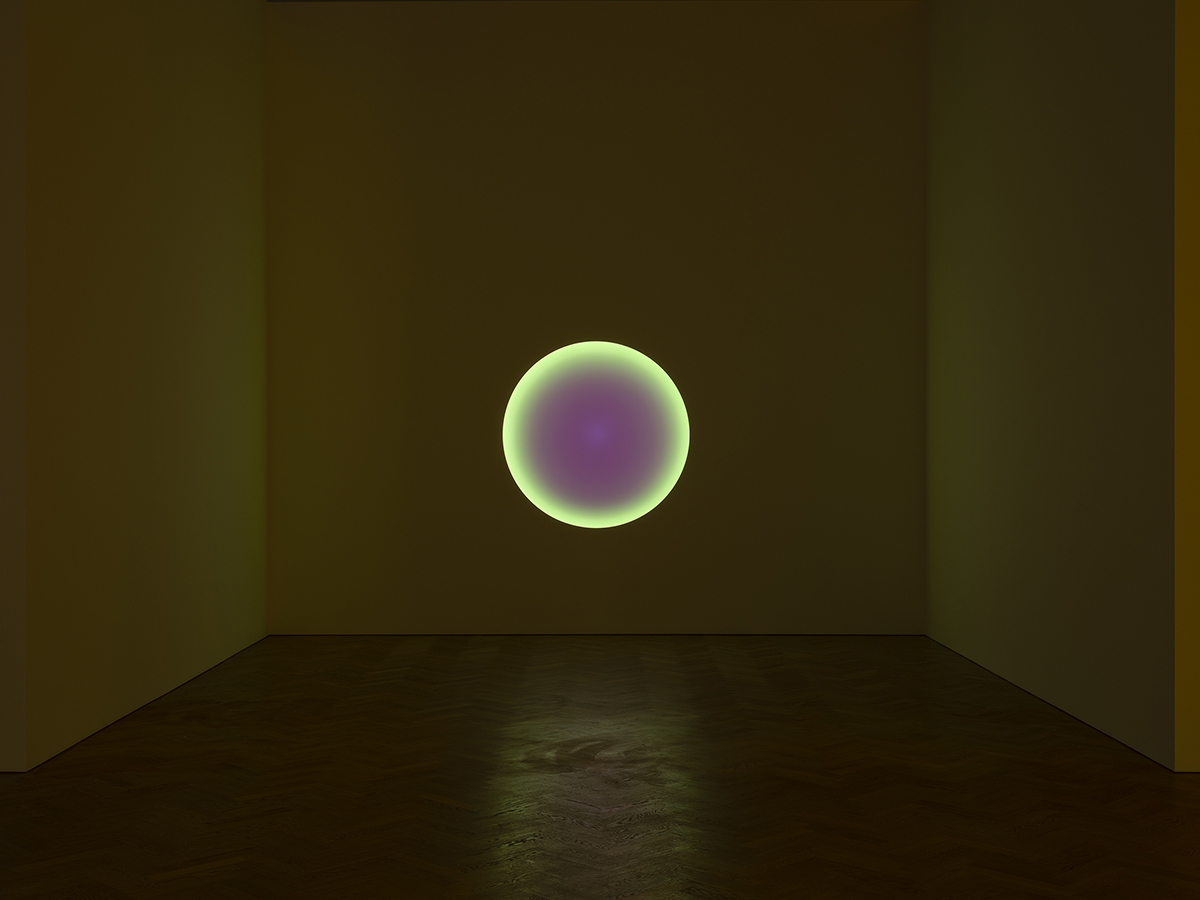
Cassiopeia (2019), James Turrell at Pace Gallery, London. Photograph by Damian Griffiths
The exhibition presented by Pace provides only a very small insight into Turrell’s artistic world, but it’s a good introduction all the same.
“James Turrell” is available to view online until May 23 2020 via pacegallery.com/viewing-rooms/james-turrell.
3 unusual places to find James Turrell’s permanent installations
Amanzoe Hotel & Resort, Greece
The Aman Group’s luxurious hilltop resort in Port Heli, Greece is home to Sky Plain, the American artist’s first permanent installation in the Mediterranean. Like his other skyspaces, the installation features a large opening in the ceiling, providing viewers a frame through which to contemplate the Aegean sky as it subtly evolves throughout the day.
Kielder Forest Park, England
On the English border near Scotland lies the Kielder Forest Park, a sweeping area of wilderness dotted with contemporary art sculptures including Turrell’s Cat Cairn: The Kielder Skyspace. Viewers enter the circular stone structure through a tunnel in the hillside to find a light filled chamber.
House of Light, Japan
House of Light is a guesthouse designed by the artist by fusing traditional Japanese architecture with his own artworks to produce a space for relaxation and meditation. Guests of the house can bathe in a tub illuminated at night by fibre optics and by natural light filtered through the forest during the day.

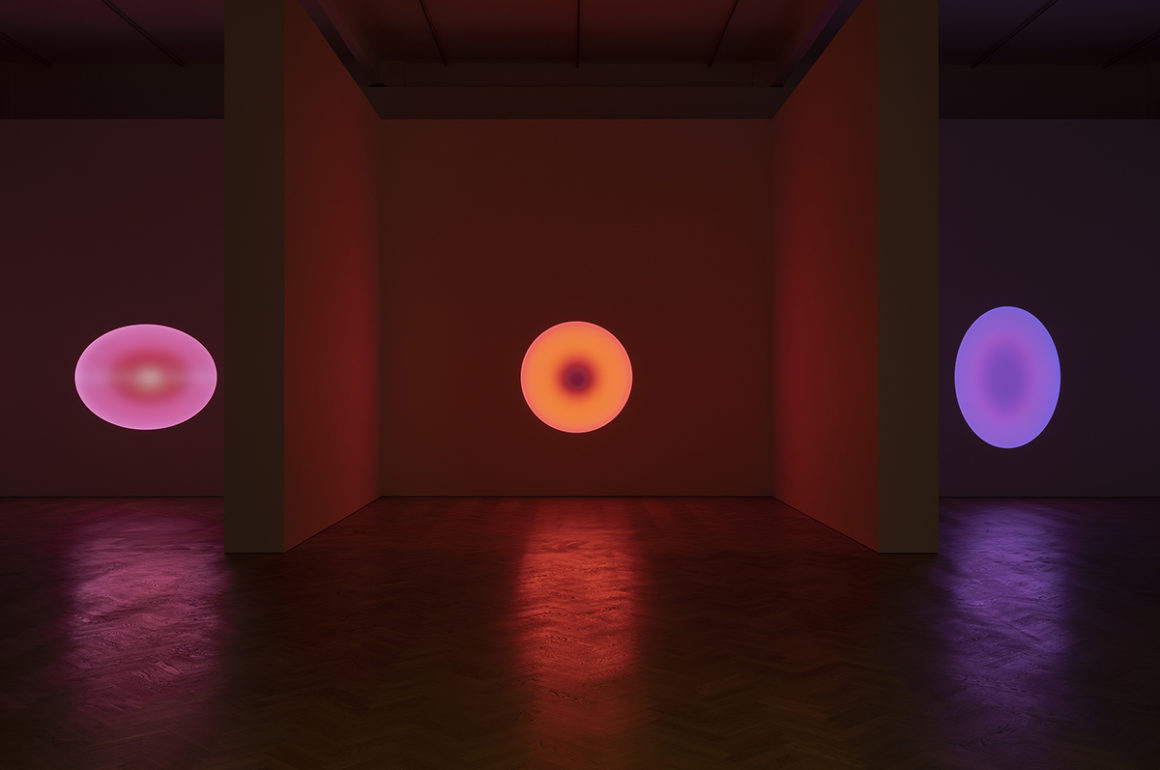

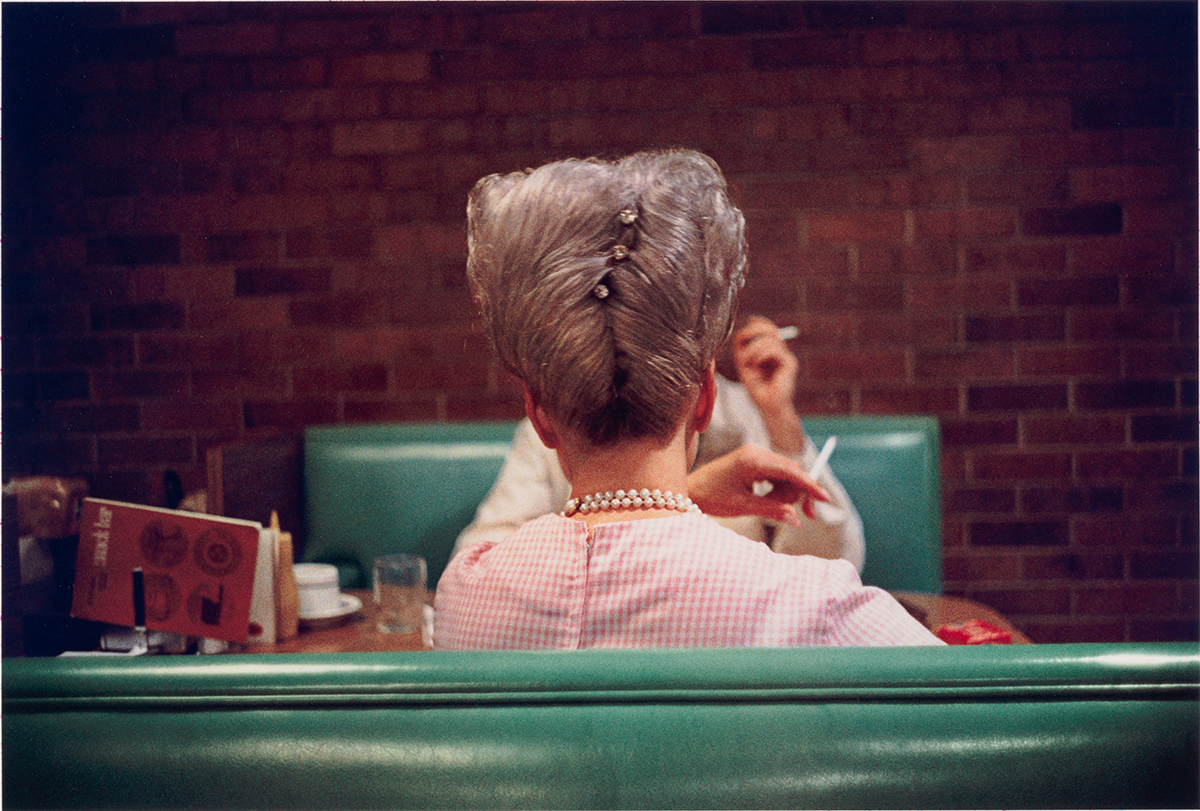
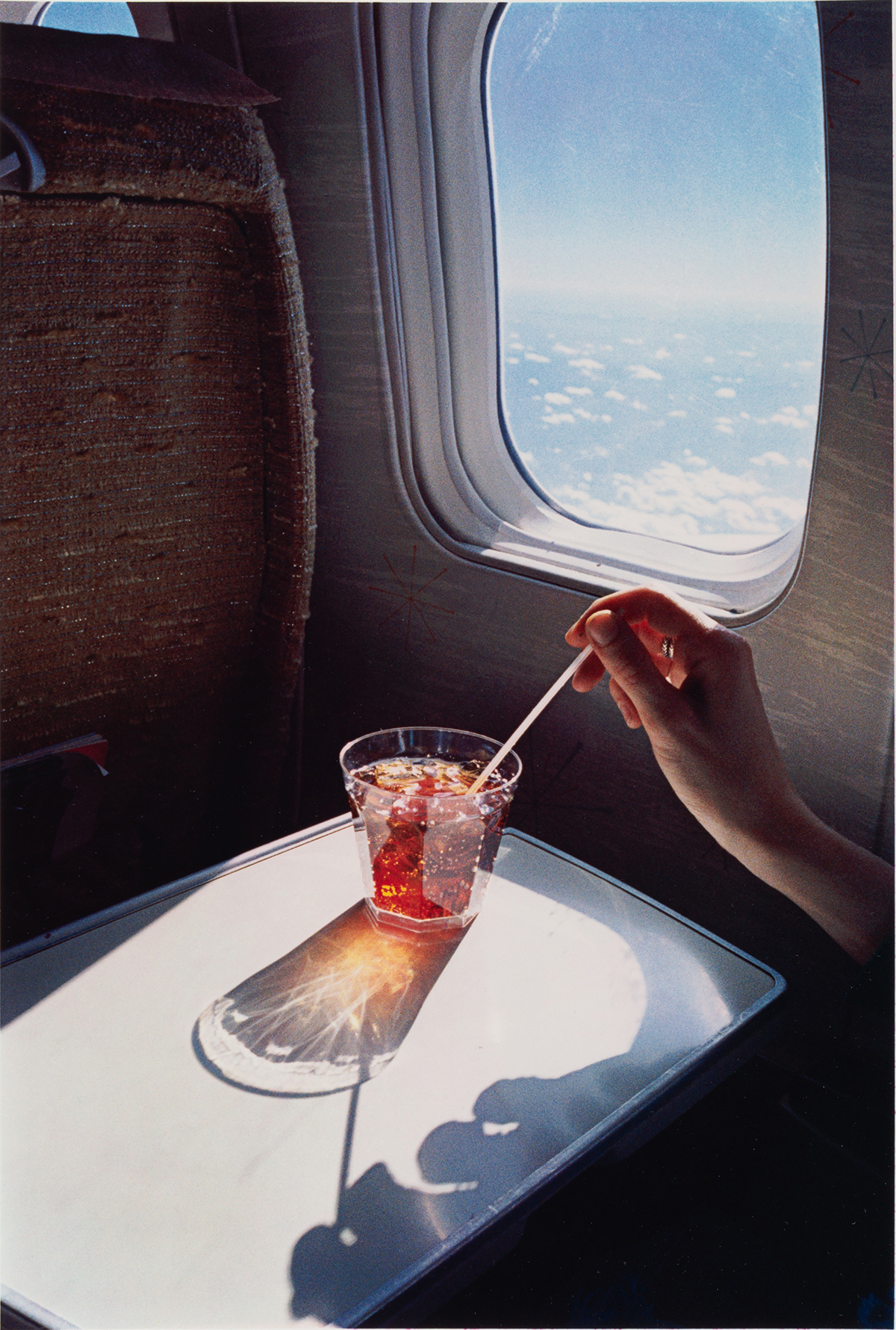






Recent Comments